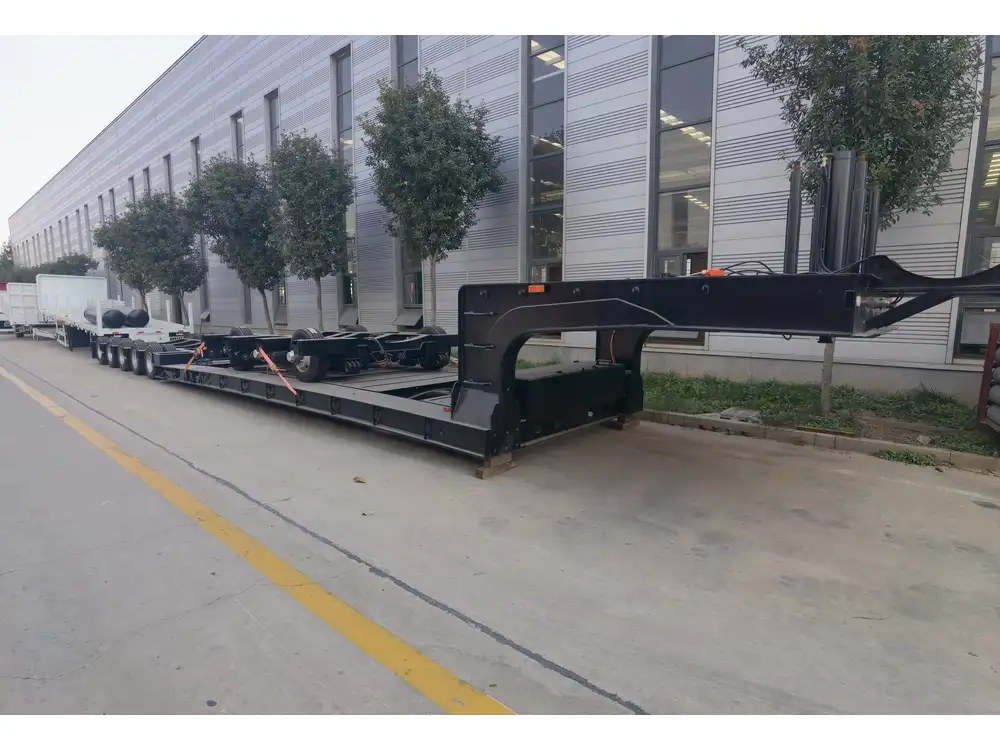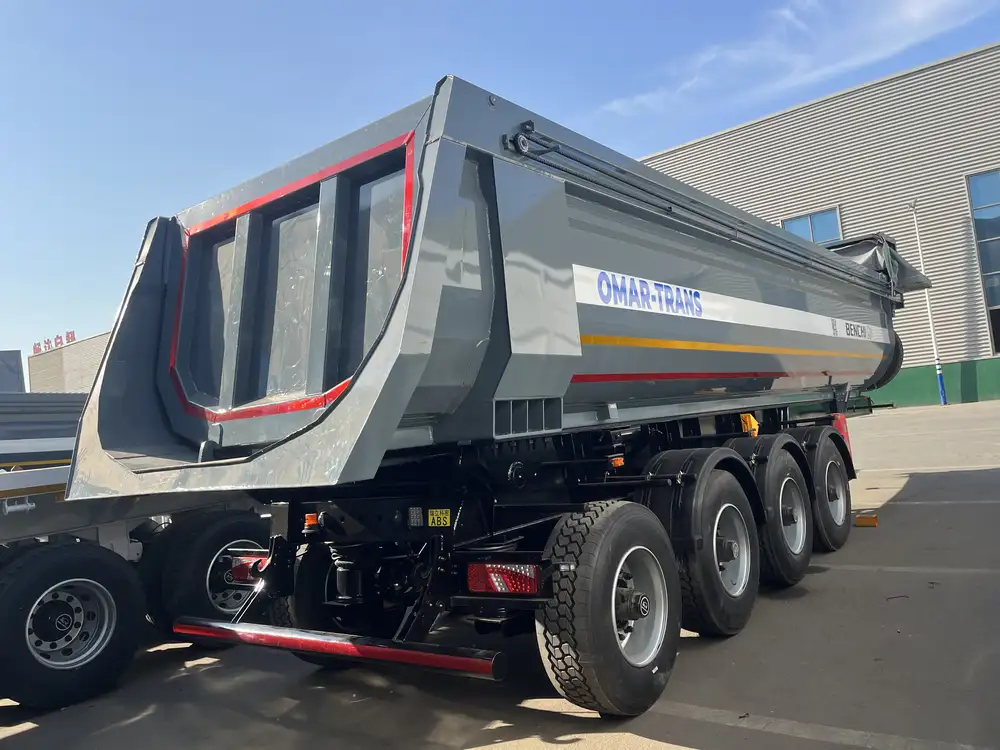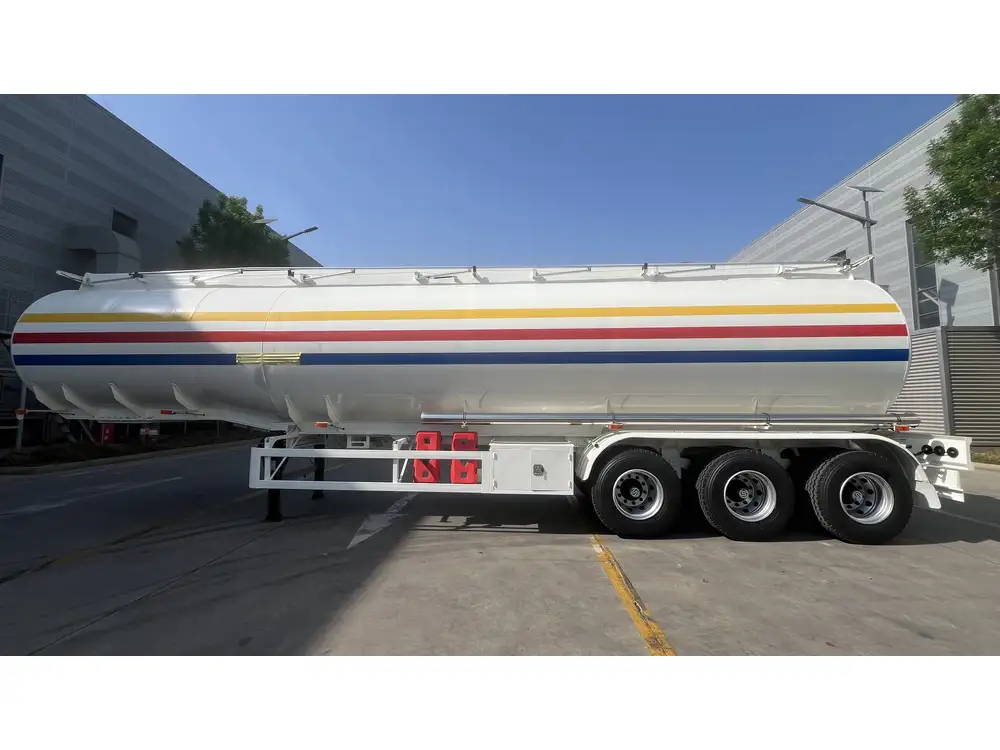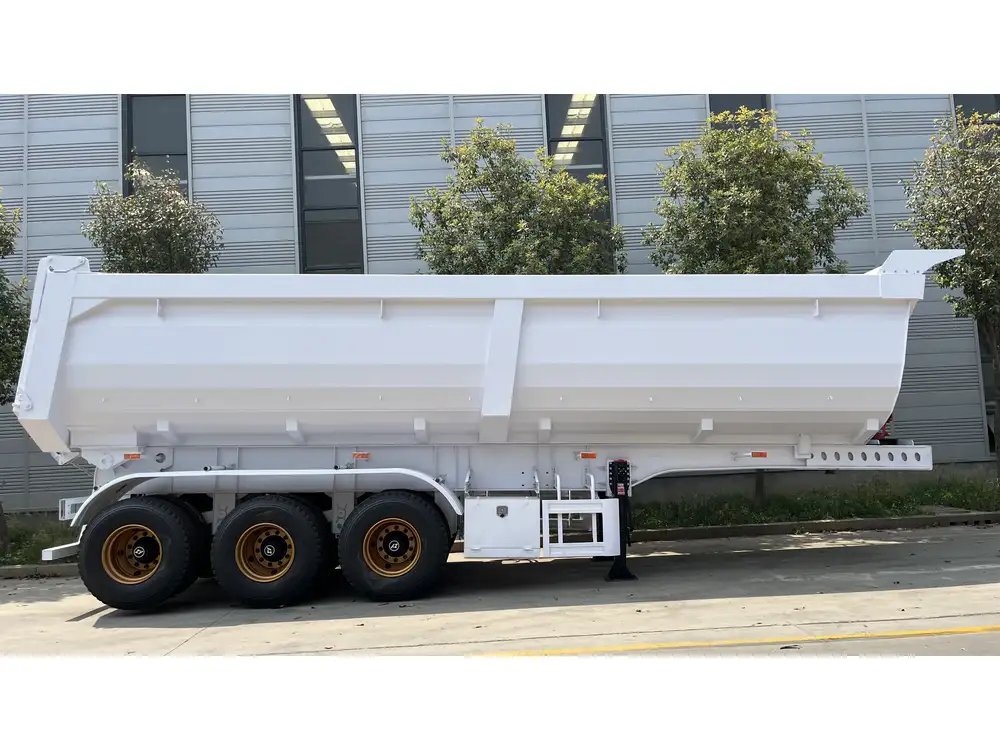Navigating the intricate world of semi-trailer brake systems is paramount for optimal safety and performance in the transportation industry. A thorough understanding of how to back off semi-trailer brakes can drastically affect the efficiency of your operations. This guide dives into the complexities of semi-trailer brake adjustments, focusing on the various systems in use, methodologies for effective adjustments, potential issues, and troubleshooting techniques.
Understanding Semi-Trailer Brake Systems
Before delving into the backing off process, let’s dissect the types of braking systems predominantly utilized in semi-trailer applications. The two main categories are:
1. Air Brake Systems
- Components: Comprised of air compressors, air tanks, brake chambers, and slack adjusters.
- Operation: Utilizes compressed air to activate the brakes.
- Advantages: Quick response times and powerful braking capabilities, ideal for heavy loads.

2. Hydraulic Brake Systems
- Components: Includes master cylinders, brake lines, and hydraulic calipers.
- Operation: Uses hydraulic fluid to create pressure that moves calipers against the brake rotor.
- Advantages: More common in lighter vehicles; simpler maintenance and operation.
Comparative Overview
| Feature | Air Brake System | Hydraulic Brake System |
|---|---|---|
| Response Time | Faster | Moderate |
| Load Capacity | High | Moderate |
| Maintenance Ease | Complex | Simpler |
| Common Use | Heavy-duty trailers | Light trucks |
Understanding these core differences will provide context for effectively managing brake adjustments, including how to back off semi-trailer brakes.
The Importance of Proper Brake Adjustment

Ensuring Safety
Proper brake adjustment is critical for safety. Improperly adjusted brakes can lead to increased stopping distances, uneven tire wear, and potential accidents.
Enhancing Performance
Well-maintained brakes operate more efficiently, directly impacting fuel economy and reducing wear on vehicle components, leading to lower long-term operational costs.
Step-by-Step Guide to Backing Off Semi-Trailer Brakes

Tools Required
Before starting the adjustment process, ensure you have the following tools:
- A 1” wrench
- Brake adjustment tool (if applicable)
- Torque wrench
- Safety goggles
- Gloves
Procedure for Air Brake Systems
Park Safely: Ensure the semi-trailer is parked on a level surface, with the parking brakes engaged.
Inspect the Brake Components: Visually inspect brake components for any wear and tear. Check air pressure levels to ensure they are within operational limits.
Release the Brakes:
- Locate the slack adjuster, a critical component of the air brake system.
- Using a wrench, loosen the locking nut of the slack adjuster.
Adjust the Slack Adjuster:
- Rotate the slack adjuster counter-clockwise to create distance between the brake shoes and the drum.
- Typically, a backing off of about 1/4 inch is recommended to ensure there’s just enough engagement during operation.
Tighten the Locking Nut: Once the adjustment is made, restore the slack adjuster locking nut’s tightness using the 1” wrench to prevent any further adjustments during use.
Test the Brakes: Roll the truck forward slowly and press the brake pedal to ensure adequate engagement. Listen for any unusual sounds or feel for any excessive pedal travel indicating further adjustment might be necessary.
Procedure for Hydraulic Brake Systems
Ensure Vehicle Safety: Just as with air systems, park the vehicle on a flat surface with the brakes engaged.
Inspect Brake Components: Check for leaks, damaged hoses, and worn parts that could affect performance.
Loosen Brake Calipers: Use a wrench to carefully loosen the bolts securing the brake calipers in place.
Back Off Brake Pads:
- If your system features adjustable calipers, rotate the adjusting mechanism counter-clockwise to create space away from the rotor.
- If not, gently pull the caliper away to create a gap.
Check and Reassemble: Once adequate space is created, retighten the caliper bolts, ensuring they are snug but not overly tight to avoid distortion.
Bleed the Brakes (if necessary): If air has entered the system during adjustment, follow the manufacturer’s guidelines to bleed the brake lines before operation.

Troubleshooting Common Issues
Being proactive about potential issues can save time and enhance the safety of your fleet.
1. Brake Dragging
Symptoms: Excessive heat, reduced fuel efficiency, pulling to one side.
Solution:
- Ensure brakes are properly adjusted.
- Check that no foreign objects are hindering the pistons.
2. Unresponsive Brakes
Symptoms: Pedal travels too far; no braking action.
Solution:
- Inspect the air pressure for air brakes or brake fluid levels for hydraulic brakes.
- Reassess the adjustments made; lack of contact may indicate over-adjustment.

3. Uneven Wear
Symptoms: Some tires wear out faster than others.
Solution:
- Confirm that all brakes are balanced and the adjustment is uniform across the trailer.
- Regularly check alignment to prevent uneven load distribution.
Frequently Asked Questions (FAQs)
How often should I adjust my semi-trailer brakes?
Adjustments should ideally be checked every month, or every 10,000 miles, whichever comes first. Always adjust when you notice changes in braking performance.

Can I perform this task myself, or should I consult a professional?
Routine adjustments can be done by a skilled operator; however, severe issues or lack of confidence in performing the adjustment should warrant a professional inspection.
What are the signs that my trailer brakes need adjustment?
Signs to look for include increased stopping distances, unusual noises during braking, and frequent need for pedal adjustment. Always observe tire wear patterns.
Conclusion
Mastering the art of backing off semi-trailer brakes is not merely an operational task; it’s an ongoing commitment to safety and efficiency. Every adjustment can mean the difference between a smooth journey and a potential mishap. By closely following the provided guidelines and remaining vigilant regarding the overall condition of your trailer’s brake systems, you can ensure reliable performance and safety on the road.
Incorporating regular brake maintenance into your operational protocol will not only promote longevity of your equipment but also safeguard your investment in the long run. The journey of transporting goods should always prioritize safety, and with proper knowledge and techniques, every semi-trailer operator can confidently navigate this critical aspect of their transport duties.



